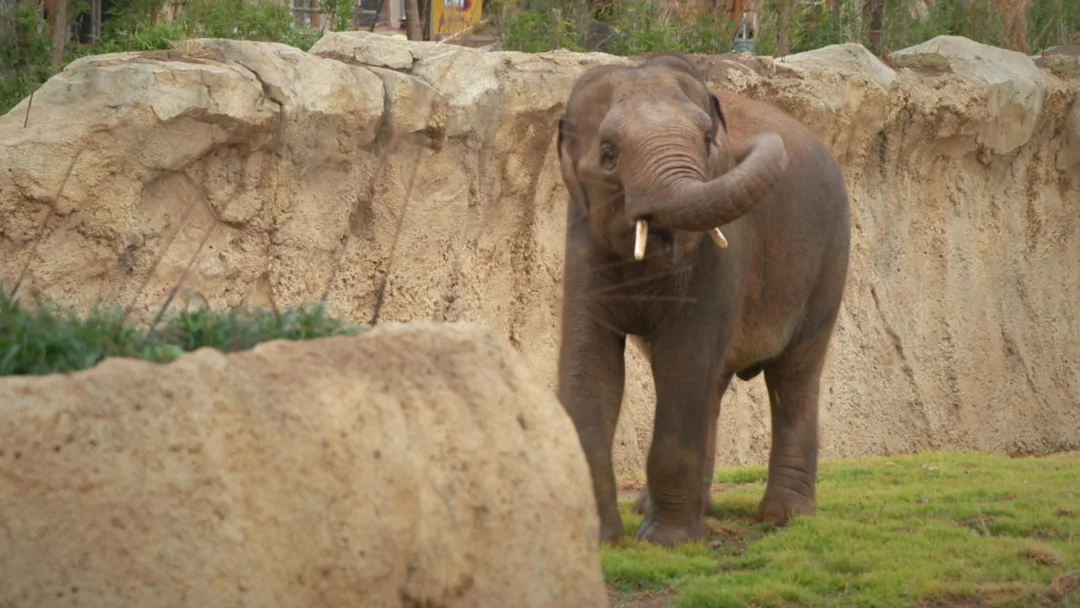
Cincinnati Zoo Unveils Final Phase Of Spectacular Elephant Trek Habitat
The Cincinnati Zoo is making headlines once again as it prepares to open the final phase of its much-anticipated Elephant Trek next Monday. This latest expansion is more than just a showcase for the zoo’s majestic Asian elephant herd—it marks a crowning moment in the zoo’s 150th anniversary celebrations, embodying a renewed commitment to animal conservation and immersive visitor experiences.
Since the main section of the Elephant Trek opened in October 2024, crowds have flocked to the seven-acre enclosure, transformed from an ordinary parking lot into a sweeping new home for eight Asian elephants and various fellow denizens of Asia’s wilds. According to zoo director Thane Maynard, guests have been captivated by the herd’s interactions and the nuanced ways the habitat mimics the expanses of their native range. “This new area offers another great view of the elephants and opportunities to see other species native to Asia up close,” Maynard remarked in a recent statement.
The innovation doesn’t stop there. The new phase introduces a creative blend of educational elements and hands-on opportunities. Visitors are invited to observe otters, Munti, and Berbak from multiple vantage points, deepening their appreciation not just for elephants but for the richness of Asian wildlife. The addition of a tea garden, for example, highlights the critical role of tea farms in elephant habitats, blending environmental awareness with fragrant tranquility.
One particularly fascinating feature is the buzzing bee box, simulating the sounds of a beehive and teaching guests how farmers across Africa and Asia use beehive fences to humanely keep elephants from raiding crops—a real-world example of coexistence at its best. There’s also a playful siamang photo op and a tactile “you otter know what’s for lunch” game, all designed to ensure that fun and learning go hand-in-hand.
Perhaps most intriguing is the Tom Yum Soup Garden, inspired by the zoo’s collaboration with the organization Bring the Elephant Home (BTEH). This interactive plot showcases vital ingredients for a popular Thai dish while explaining how cultivating certain crops both deters elephants from farmland and sustains local communities—an elegant solution grounded in cross-continental partnerships.
The Elephant Trek, included in regular zoo admission, stands as a vivid testament to the Cincinnati Zoo’s vision for wildlife education, conservation, and meaningful human-animal encounters. Not only does it bring families closer to the world’s largest land mammals, but it also sparks conversation about the future of Asian elephants and harmonious ways to share their increasingly threatened habitats.
As the zoo opens the gates to this final phase, one can’t help but wonder: What more can communities and institutions do to foster coexistence with wildlife? We’d love to hear your thoughts or hopes for the future of animal conservation—share your opinions in the comments, and don’t forget to spread the word!